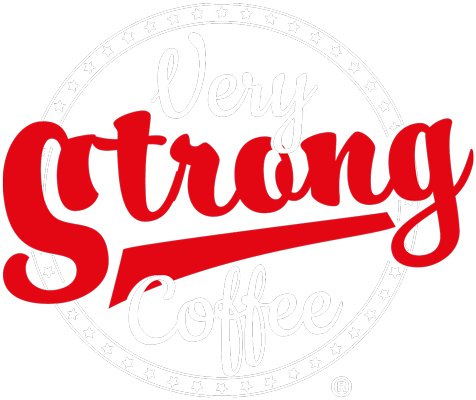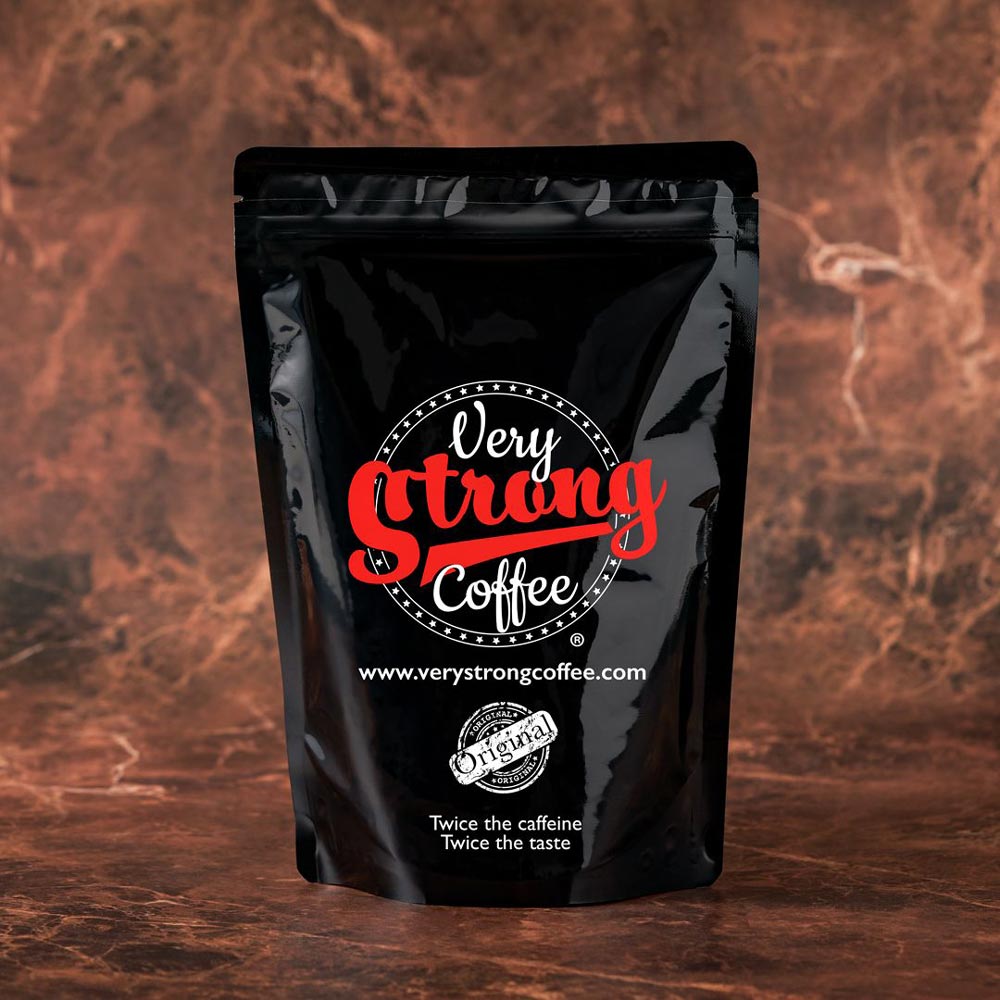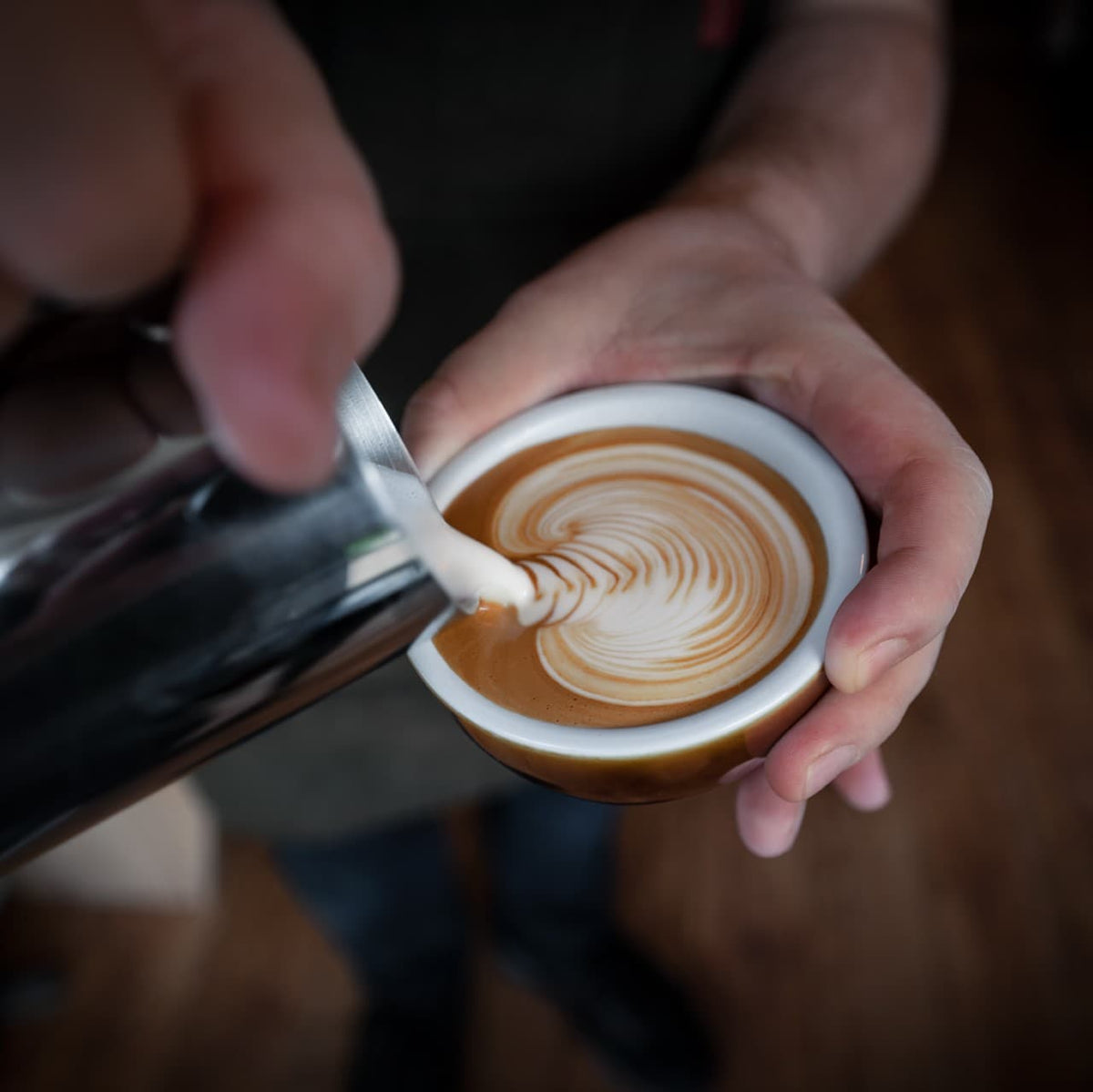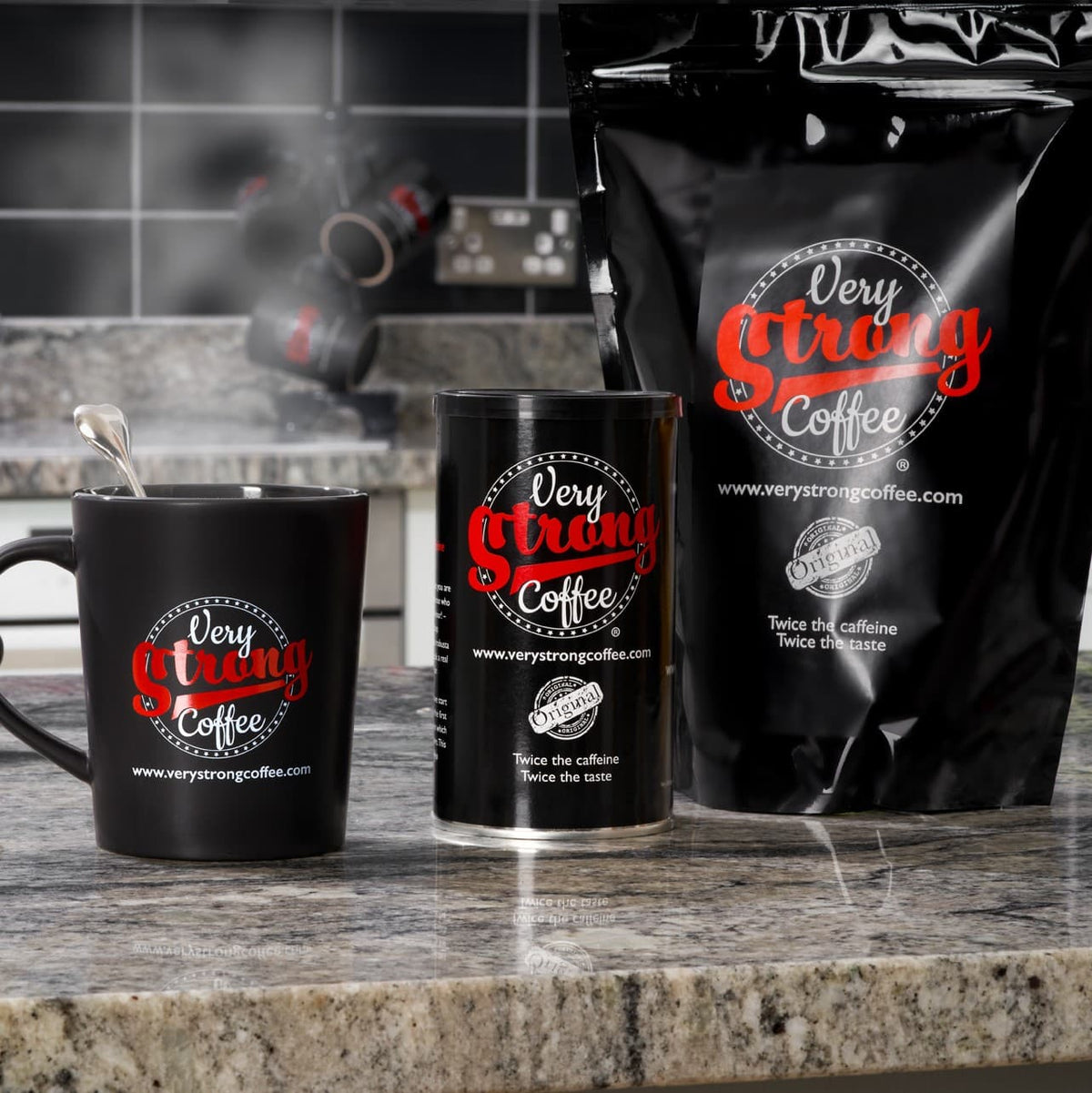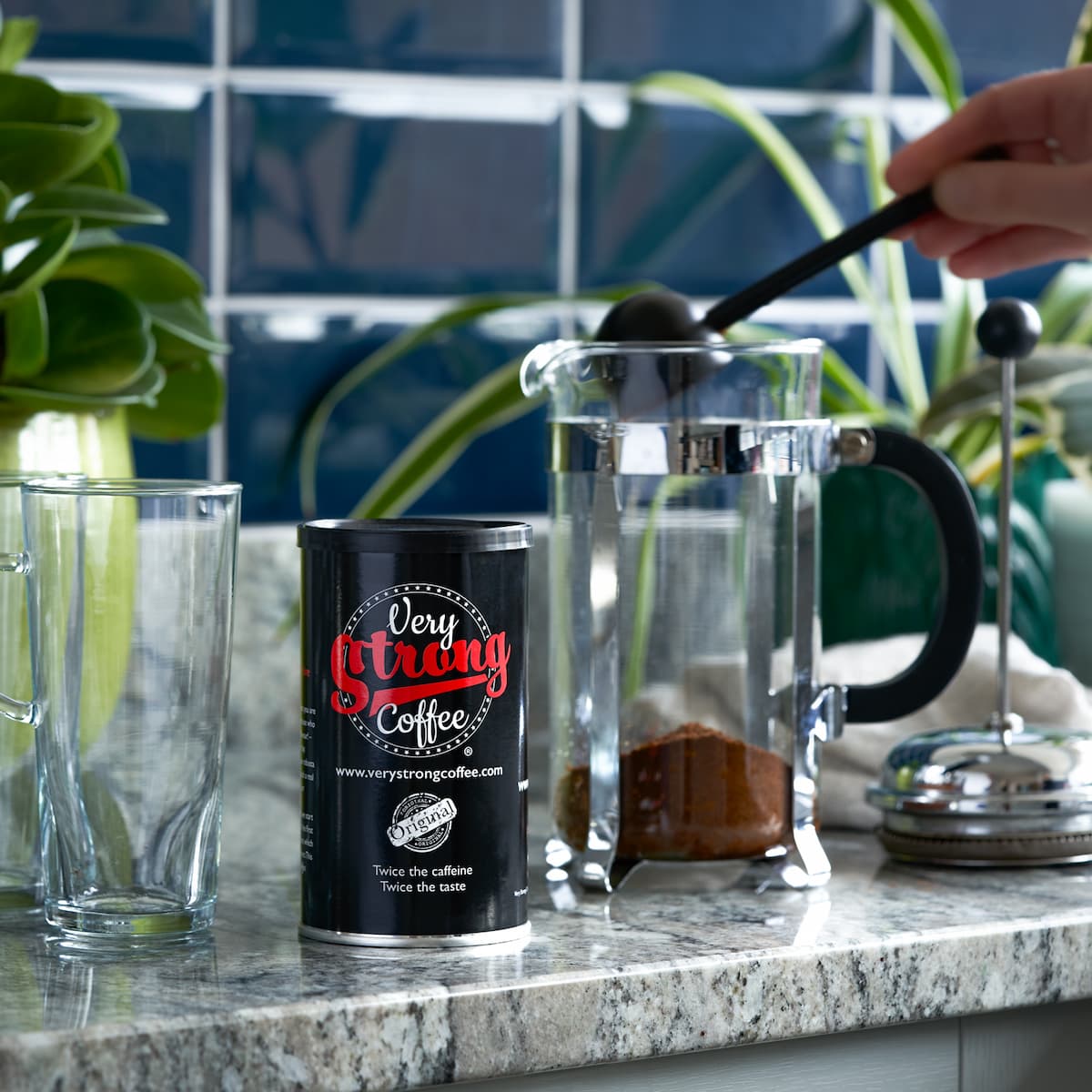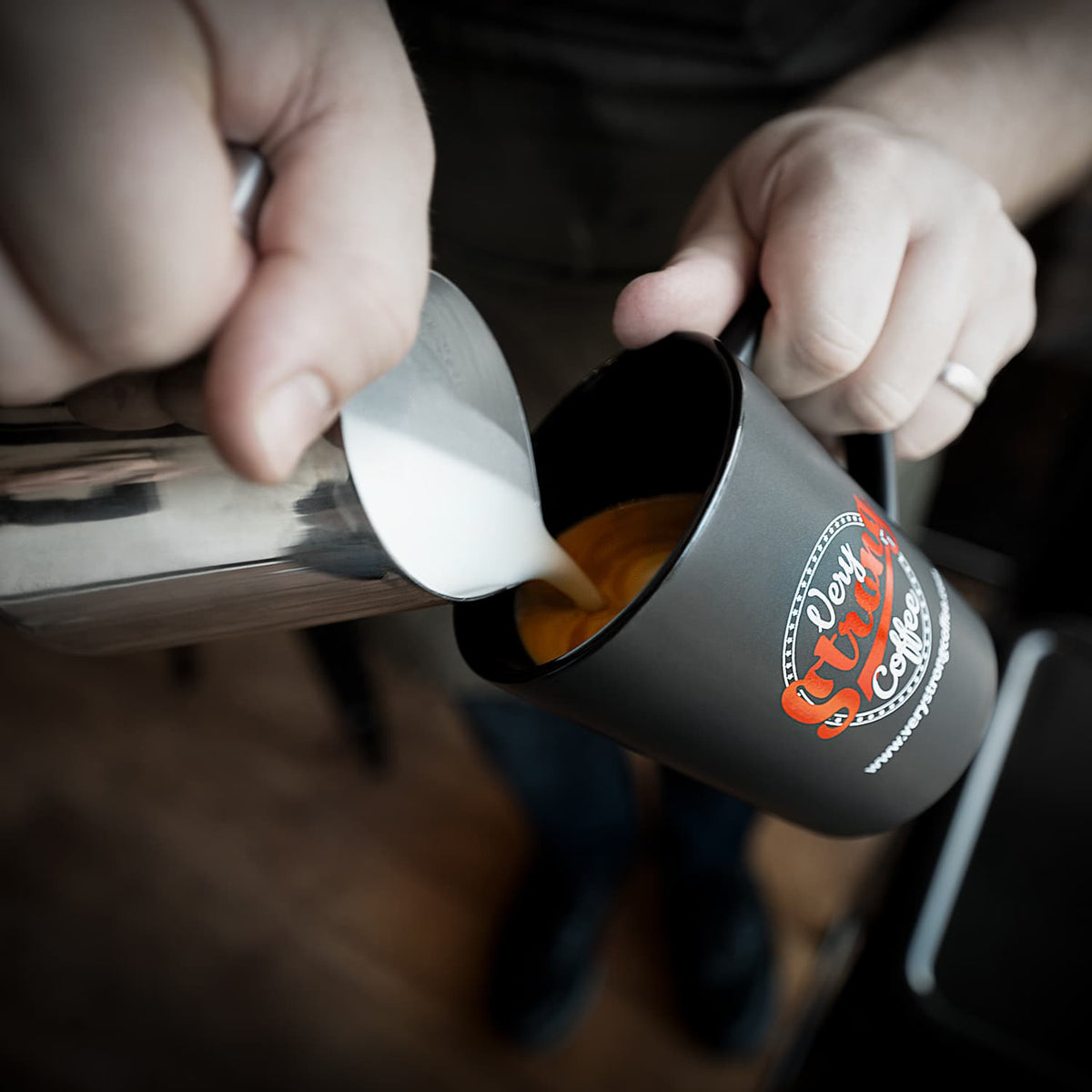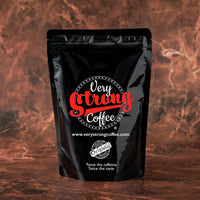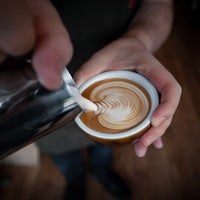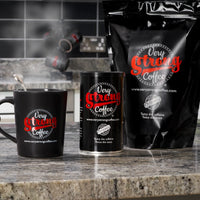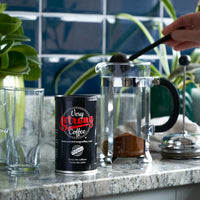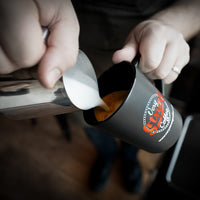How to make cold brew coffee?
April 25, 2023
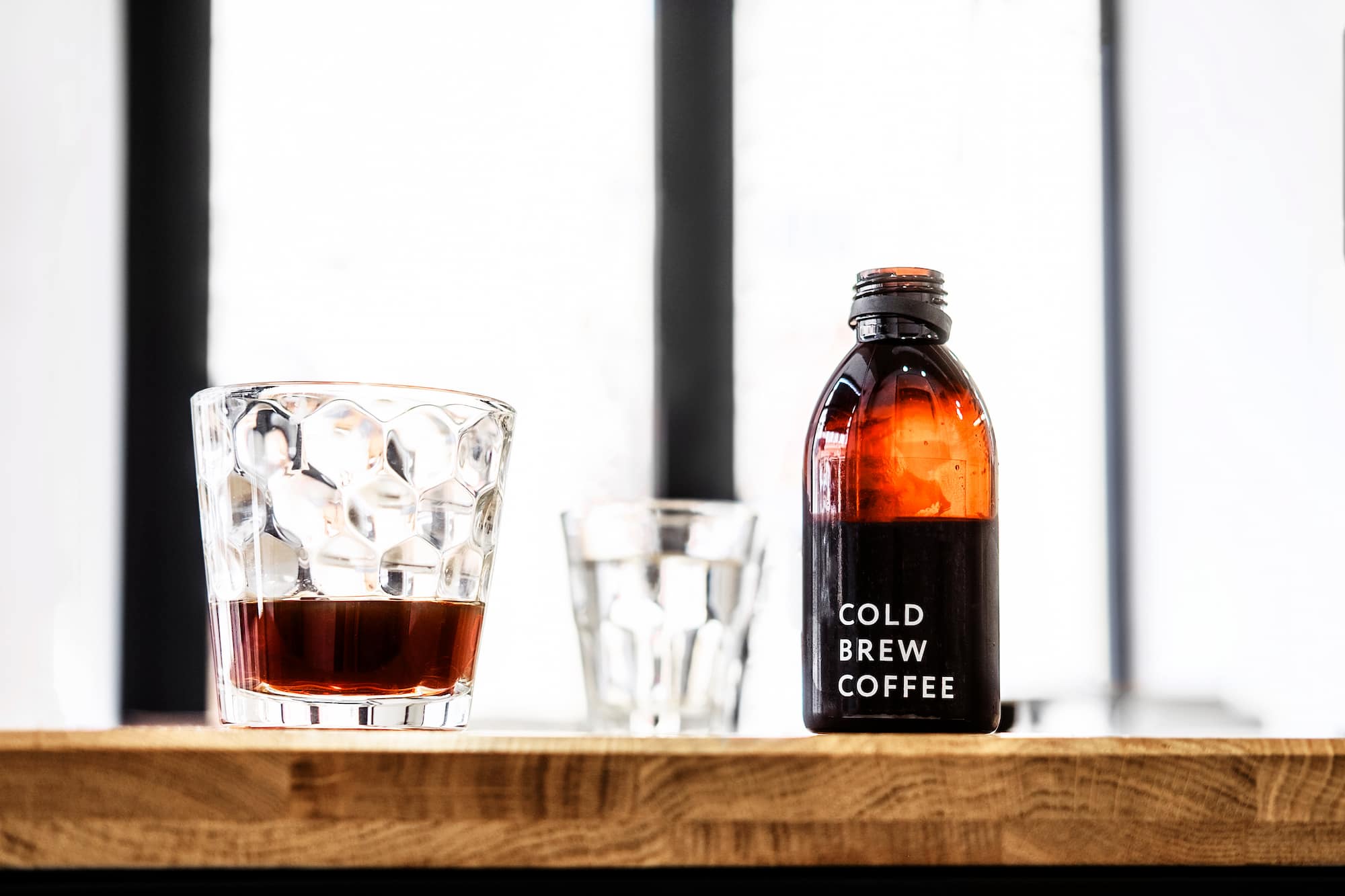
What is cold brew coffee?
Cold brew coffee is a type of coffee preparation method in which coarsely ground coffee beans are steeped in cold or room temperature water for an extended period of time, usually between 12 and 24 hours. This process extracts the flavors and compounds from the coffee beans, creating a coffee concentrate. The resulting concentrate is less acidic, smoother, and often less bitter than coffee brewed with hot water.
Once the steeping process is complete, the coffee grounds are filtered out, and the remaining liquid is a cold brew concentrate. This concentrate can be diluted with water, milk, or other liquids to create a cold brew coffee beverage. Cold brew coffee can be served over ice, with or without sweeteners or flavorings, and can be mixed with milk or dairy alternatives for a creamy texture.
The cold brewing method differs from iced coffee, which is traditionally brewed hot and then cooled down by pouring over ice or refrigerating. The main advantage of cold brew coffee is that the slow extraction process at lower temperatures results in a beverage with a more mellow and rounded flavor profile, with reduced bitterness and acidity compared to hot-brewed coffee. This makes cold brew coffee an appealing option for those with sensitive stomachs or a preference for a smoother taste.

What is the history of cold brew coffee?
Cold brew coffee has a long and fascinating history that can be traced back hundreds of years. Although the exact origins of cold brew coffee are debated, there are a few prominent theories and key moments in its development.
Kyoto-style slow-drip coffee:
One of the earliest documented methods of cold brew coffee comes from 17th-century Japan, where Kyoto-style slow-drip coffee was developed. This method involves a slow drip of cold water through a bed of coffee grounds, resulting in a delicate and nuanced flavor profile. Kyoto-style coffee is still popular in Japan and has inspired modern slow-drip cold brew towers.
Dutch traders and "cold water extract":
In the 17th and 18th centuries, Dutch traders were known to make a coffee concentrate using a cold water extraction method, which they called "cold water extract" or "Dutch coffee." This concentrate could be easily transported and reconstituted with hot water, making it a convenient beverage for sailors and merchants during long voyages. The Dutch are also credited with introducing coffee to other European countries, which could have led to the spread of cold brewing techniques.
Latin American and Caribbean origins:
Another theory suggests that cold brew coffee may have originated in Latin America and the Caribbean, where the climate is warm and the need for a refreshing coffee beverage was high. In countries like Peru and Colombia, it's believed that people have been using the cold brew method for centuries.
The rise of specialty coffee culture:
The modern resurgence of cold brew coffee can be largely attributed to the rise of specialty coffee culture in the United States and other Western countries. In the early 2000s, third-wave coffee shops began experimenting with cold brew methods, perfecting recipes, and introducing cold brew coffee to a wider audience. Since then, cold brew coffee has become a popular choice in cafes and grocery stores worldwide, with an ever-growing variety of brewing devices and techniques available for both commercial and home use.
In summary, while the exact origins of cold brew coffee remain uncertain, it's evident that the method has been appreciated and refined across various cultures and centuries. Today, cold brew coffee continues to gain popularity as a smooth, versatile, and refreshing beverage option.

Cold Brew Coffee Recipe
Here's a simple step-by-step guide to make cold brew coffee at home:
Ingredients:
- 1 cup (about 100 grams) coarsely ground coffee beans (preferably medium or dark roast)
- 4 cups (1 liter) cold filtered water
- Optional: sweeteners, milk, or flavorings of your choice
Equipment:
- A large jar or pitcher with a lid (at least 1.5 liters in capacity)
- A fine-mesh sieve or coffee filter
- A large bowl or container for filtering
Instructions:
- Coarsely grind the coffee beans: Grind your coffee beans to a coarse consistency, similar to breadcrumbs. This will ensure a proper extraction without over-extracting the coffee, which can lead to bitterness.
- Combine the coffee grounds and water: In your large jar or pitcher, add the coarsely ground coffee beans and the cold filtered water. Stir well to ensure that all the coffee grounds are fully saturated.
- Steep the coffee: Cover the jar or pitcher with a lid, and let the coffee steep at room temperature for 12 to 24 hours. The longer you steep, the stronger and more concentrated the cold brew will be. Note that steeping for more than 24 hours can result in over-extraction and bitterness.
- Strain the coffee: Once your steeping time has elapsed, place a fine-mesh sieve or coffee filter over a large bowl or container. Slowly pour the cold brew mixture through the filter, separating the coffee grounds from the liquid. This may take a few minutes, so be patient. Discard the coffee grounds once you're done.
- Store the cold brew concentrate: Transfer the filtered cold brew concentrate back into the jar or a clean bottle and store it in the refrigerator. The concentrate will remain fresh for up to two weeks.
- Serve the cold brew: To serve, dilute the cold brew concentrate with cold water, milk, or your preferred liquid in a 1:1 ratio, or adjust the ratio to your taste preference. You can also add sweeteners, ice, or flavorings to customize your cold brew coffee experience. Enjoy!
Note: Experiment with the coffee-to-water ratio, steeping time, and serving ratios to find your perfect cold brew coffee strength and flavor.
FAQ’s
What is the difference between cold brew coffee and iced coffee?
Iced coffee is typically made by brewing hot coffee and then cooling it down by pouring it over ice or refrigerating it. Cold brew coffee, on the other hand, is made by steeping coffee grounds in cold or room temperature water for an extended period, usually 12 to 24 hours. The cold brewing process results in a smoother, less acidic, and less bitter coffee compared to iced coffee.
Can I make cold brew coffee with any type of coffee beans?
Yes, you can use any type of coffee beans to make cold brew coffee. However, medium and dark roast beans are often preferred for their richer and more robust flavor profiles that lend well to the cold brew process.
How long does cold brew coffee last in the refrigerator?
Cold brew coffee concentrate can be stored in the refrigerator for up to two weeks. It's best to store the concentrate in an airtight container or bottle to maintain freshness.
Can I make cold brew coffee with a French press?
Yes, you can make cold brew coffee using a French press. Simply follow the standard cold brew process, but instead of using a jar or pitcher, use your French press. After steeping, press the plunger down to separate the coffee grounds from the liquid, and then pour the cold brew concentrate into a separate container.
Can I heat up cold brew coffee to make a hot beverage?
Yes, you can heat up cold brew coffee to create a hot beverage. Simply mix the cold brew concentrate with an equal amount of hot water, or adjust the ratio to your taste preference. This will result in a hot coffee with the same smooth and mellow flavor profile as cold brew.
Can I make cold brew coffee in a shorter amount of time?
While it's possible to make cold brew coffee in a shorter amount of time, it may not extract the same depth of flavor as a longer steeping period. For the best results, it's recommended to steep the coffee grounds in cold water for at least 12 hours.
Is cold brew coffee stronger than regular coffee?
Cold brew coffee concentrate is typically stronger and more concentrated than regular coffee due to its longer extraction process. However, when the concentrate is diluted with water, milk, or other liquids, the final strength of the cold brew beverage can be similar to, or even milder than, regular hot-brewed coffee, depending on your preferred dilution ratio.
